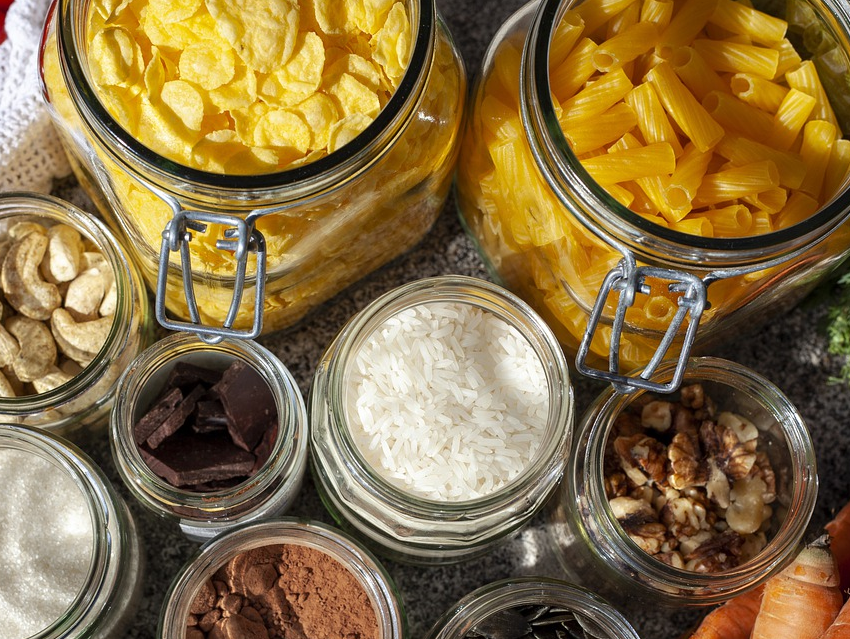Many consumers want to shop without having to dig through mountains of plastic waste. Whether less packaging is better for the environment depends on the individual case, science journalist Brigitte Osterrath found during her research. In particular, it depends on whether spoiled food is thrown away instead of plastic.
Marie Delaperrière founded Germany’s first package-free store in Kiel in 2014, and now there are more than 200 nationwide. The store owners obtain high-quality products in large containers, often in returnable containers with a deposit. They decant them into jars or dispensers and offer them in the store for customers to fill themselves. Customers can bring their own containers or purchase reusable containers at the store and pay by weight. Some goods can also be taken home in deposit containers.
The value chains of unpackaged products reduce greenhouse gas emissions and consume less energy. There is no evidence that these stores use larger quantities of disinfectants or cleaning agents to make up for the lack of packaging.
The package-free concept works particularly well with dry goods, which spoil less quickly. It also helps customers to buy only the quantities they really need, and for that reason, less food is thrown away. Fresh food can be a different story. According to the Food and Agriculture Organization of the United Nations (FAO), almost one-third of all global greenhouse gas emissions are related to our food. Most of the environmental impact comes from the agricultural production of food. Packaging can help food, such as cucumbers, stay fresh longer and, therefore, be thrown away less often. Protective packaging pays off especially well for foods with high production costs, such as meat and cheese.
However, many plastic packages are not designed to keep goods fresh. Besides superfluous packaging, e.g., in to-go offers, the largest amount of packaging is transport packaging: Cardboard, pallets, and, in particular, stretch film. These are 12 to 35 µm thin, elastic but extremely tear-resistant films that secure, for example, goods on pallets. They consist of linear low-density polyethylene, whose polymer molecules have only short branches.
Package-free stores show that things can be done differently, and store owners make sure they do not buy anything from retailers who use unnecessary packaging. However, it is impossible to imagine a classic supermarket as we know it today without any packaging at all.
- Gut verpackt ist manchmal besser,
Brigitte Osterath,
Nachr. Chem. 2021.
https://doi.org/10.1002/nadc.20214112249




